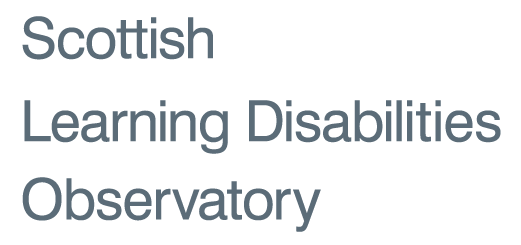Scotland: Employment and Education
Scotland's population size is 5,295,403
-
Choose
- Learning disabilities
- Autism
People with learning disabilities and people with autism want to make a positive contribution to society. Inclusion, equality and the opportunity for people to improve themselves through continuous learning and employment opportunities are just as important and just as relevant to people with learning disabilities and people with autism, as they are to the rest of the population. Involvement in these opportunities can also have a positive impact on health and wellbeing.
The importance of equality of opportunity in both education and employment for all people is underlined in UK and Scottish policy and legislation.
Employment: people aged 16 and over
| All People | People known to have autism | |||
|---|---|---|---|---|
| Total | % | Total | % | |
| Part-time paid work | 709,732 | 16.2% | 1,376 | 9.6% |
| Full-time paid work | 1,818,088 | 41.5% | 1,600 | 11.1% |
| Unemployed | 222,316 | 5.1% | 1,505 | 10.5% |
| Retired | 975,121 | 22.3% | 664 | 4.6% |
| Student | 219,215 | 5.0% | 3,734 | 26.0% |
| Looking after home or family | 142,682 | 3.3% | 175 | 1.2% |
| Long-term sick or disabled | 209,935 | 4.8% | 4,450 | 31.0% |
| Other | 81,983 | 1.9% | 860 | 6.0% |
| Total | 4,379,072 | 100.0% | 14,364 | 100.0% |
Employment
Employment
Hours worked per week
Occupation type
Industry type
Employment history
Employment history
Qualifications: people aged 16 and over
| All People | People known to have autism | |||
|---|---|---|---|---|
| Total | % | Total | % | |
| No qualifications | 1,173,116 | 26.8% | 6,021 | 41.9% |
| Level 1 | 1,010,875 | 23.1% | 4,265 | 29.7% |
| Level 2 | 627,423 | 14.3% | 1,724 | 12.0% |
| Level 3 | 424,996 | 9.7% | 968 | 6.7% |
| Level 4 and above | 1,142,662 | 26.1% | 1,386 | 9.7% |
| Total | 4,379,072 | 100.0% | 14,364 | 100.0% |
Level 4: e.g. degree or above
Level 3: e.g. SVQ level 4
Level 2: e.g. Scottish Higher grades
Level 1: e.g. Scottish Standard grades
Qualifications
Education: people aged 4 and over
Student accommodation
Summary information
20.7% of adults known to have autism have paid employment, compared with 57.7% of all adults
-
11.1% of adults known to have autism work full-time, compared with 41.51% of all adults
-
9.6% of adults known to have autism work part-time, compared with 16.2% of all adults
-
10.5% of adults known to have autism are unemployed, compared with 5% of all adults
-
31% of adults known to have autism are long-term sick or disabled, compared with 4.8% of all adults
-
41.9% of adults known to have autism have no qualifications, compared with 26.8% of all adults
View other information
Explore
Choose People with learning disabilities data or People with Autism data
You may also choose topic or area
